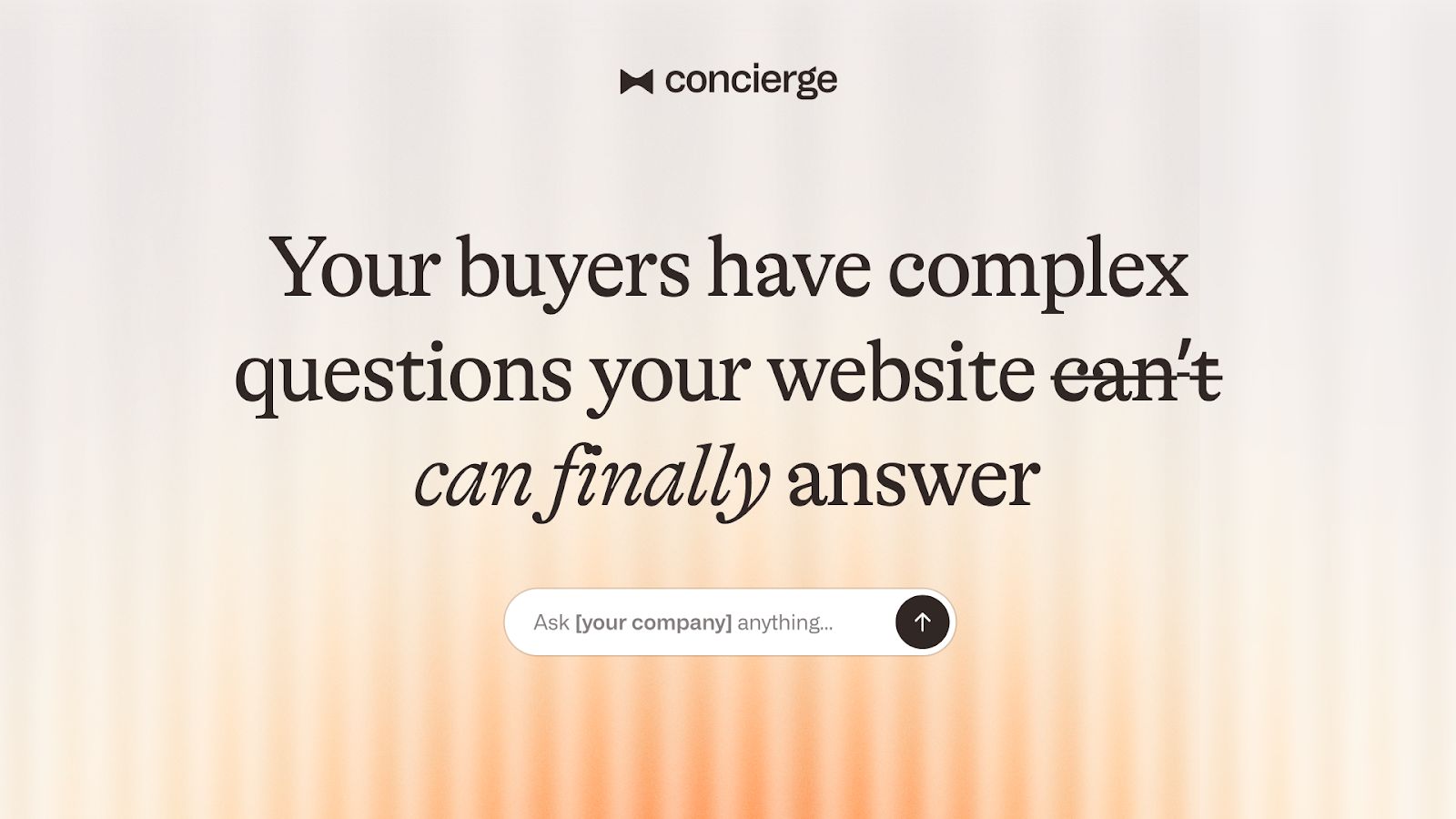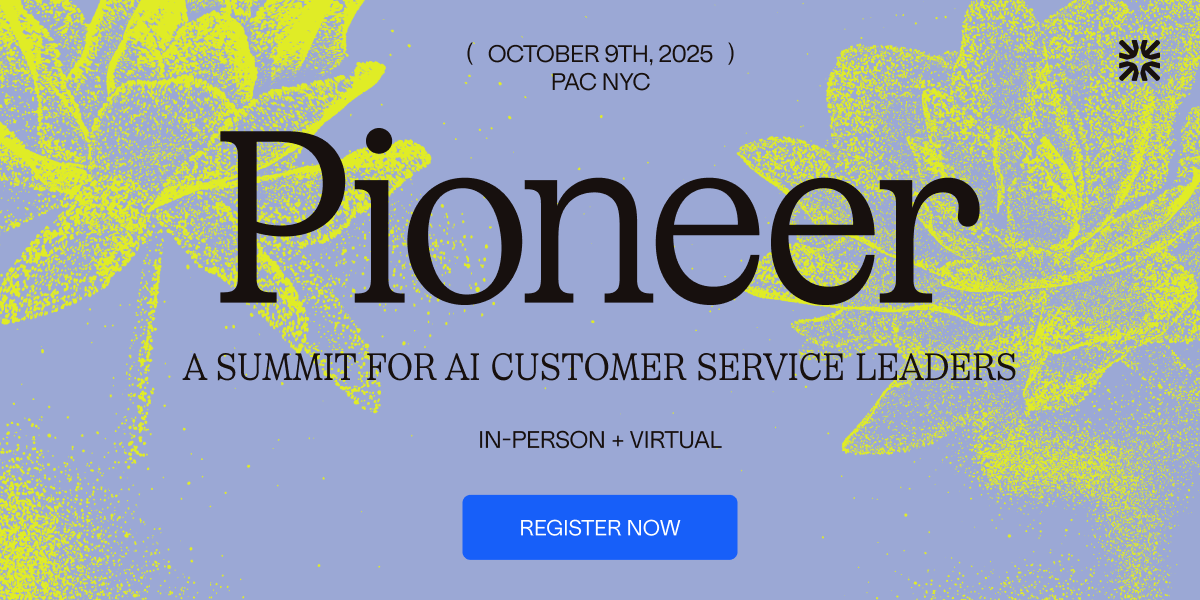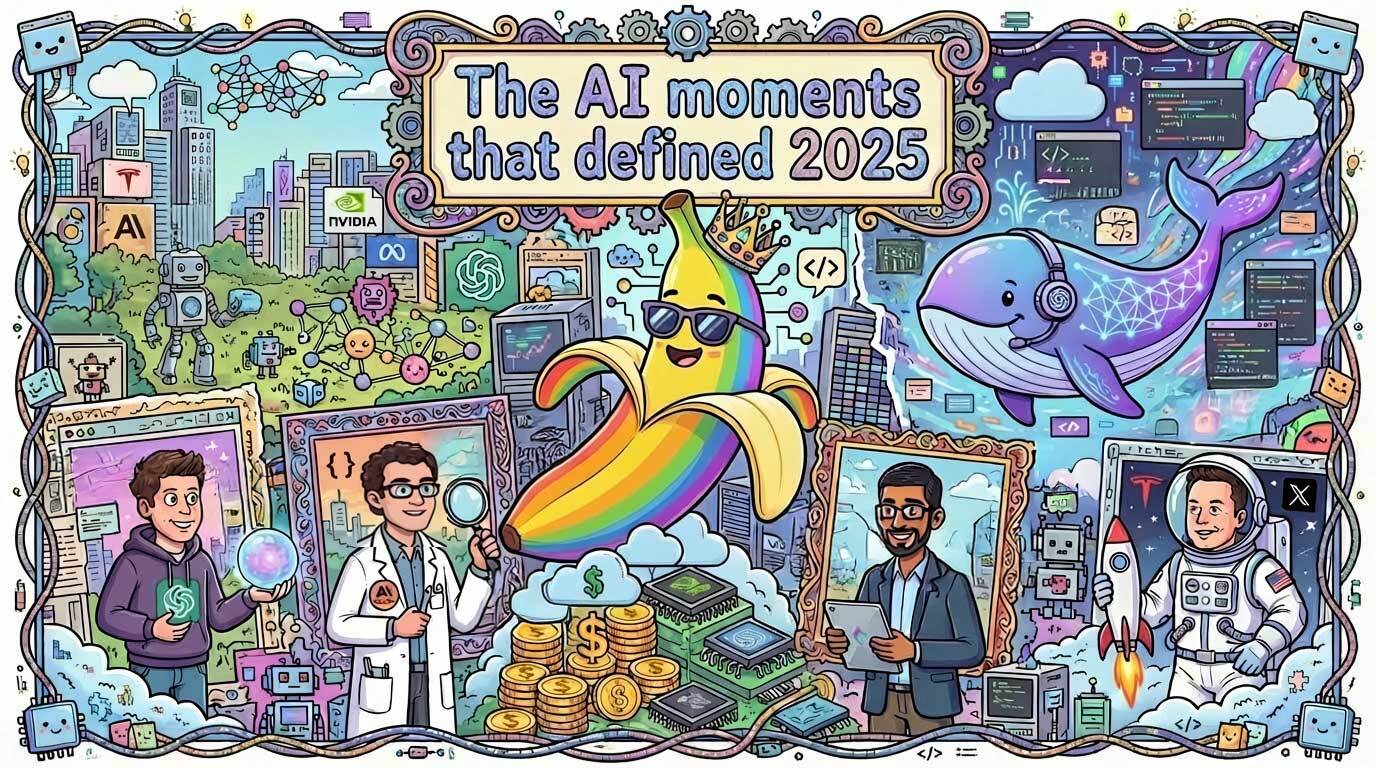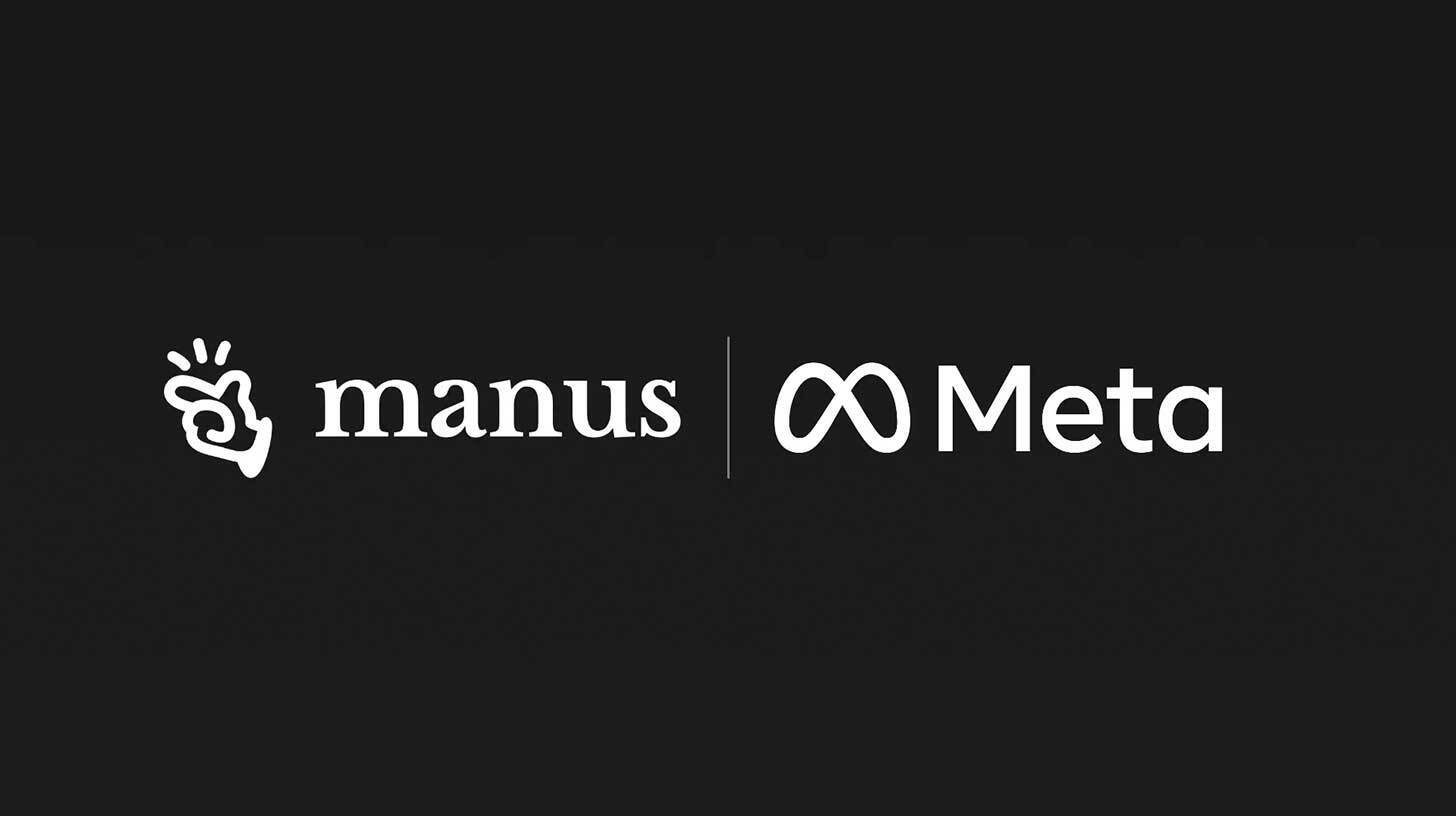Dinner with Sam Altman
PLUS: Patients control AI and robotics with thought
Read Online | Sign Up | Advertise
Good morning, AI enthusiasts. Despite just launching GPT-5, Sam Altman just admitted what many suspected — OpenAI has better AI models sitting on the shelf that we can't even access yet due to compute constraints.
But that revelation was just the appetizer in a dinner conversation that covered everything from trillion-dollar infrastructure plans, Jony Ive’s device and “new computing paradigm”, and even a potential Google Chrome acquisition.
In today’s AI rundown:
Altman details OpenAI's trillion-dollar roadmap
Anthropic gives Claude the power to ‘hang up’
Automate meeting prep with ChatGPT
GPT-5 blows past doctors on medical exams
4 new AI tools, community workflows, and more
LATEST DEVELOPMENTS
OPENAI
🍽️ Altman details OpenAI's trillion-dollar roadmap

Image source: Ideogram / The Rundown
The Rundown: OpenAI hosted reporters from outlets including TechCrunch and The Verge over dinner, speaking on topics from GPT-5’s reception to the company’s plans for social media, consumer hardware, and a potential Chrome acquisition.
The details:
Altman said he “legitimately just thought we screwed that up” on 4o’s removal, with GPT-5 focused on warmer responses while not being sycophantic.
He revealed OAI has better models they can’t offer due to compute constraints, saying they will spend “trillions” on data centers in the near future.
Altman acknowledged parallels between the AI frenzy and the dot-com bubble, calling valuations "insane" but saying the tech justifies massive investments.
He also commented on Perplexity’s Google Chrome bid, saying OpenAI should “take a look at it” if the browser is forced to be sold in the current legal battle.
The CEO reiterated the company’s device with Jony Ive will be “worth the wait,” confidently saying, “you don’t get a new computing paradigm very often”.
Why it matters: Despite OpenAI's astronomical rise and trillion-dollar ambitions, these candid moments offer the AI world something rare — both a look behind the curtain of the buzziest company in the world and a fly-on-the-wall glimpse of the future through the eyes of one of tech's most powerful (and polarizing) figures.
TOGETHER WITH CONCIERGE
👋 Your brand's AI answer engine
The Rundown: Today’s SaaS buyers use AI every day to answer their questions, and have no patience for a scavenger hunt. Concierge is a Perplexity-style answer engine, trained on your company, that lives on your website and delivers accurate, personalized responses to ultra-specific questions.
Modern brands use Concierge to:
Handle any buyer question (no matter how technical) with advanced RAG on your sources & media
Control and visibility over every conversation, with guardrails and sentiment analysis
Build trust with website visitors before they are willing to commit to a demo
Try Concierge to turn every question into a conversation — and every conversation into revenue.
ANTHROPIC
🛑 Anthropic gives Claude the power to ‘hang up’
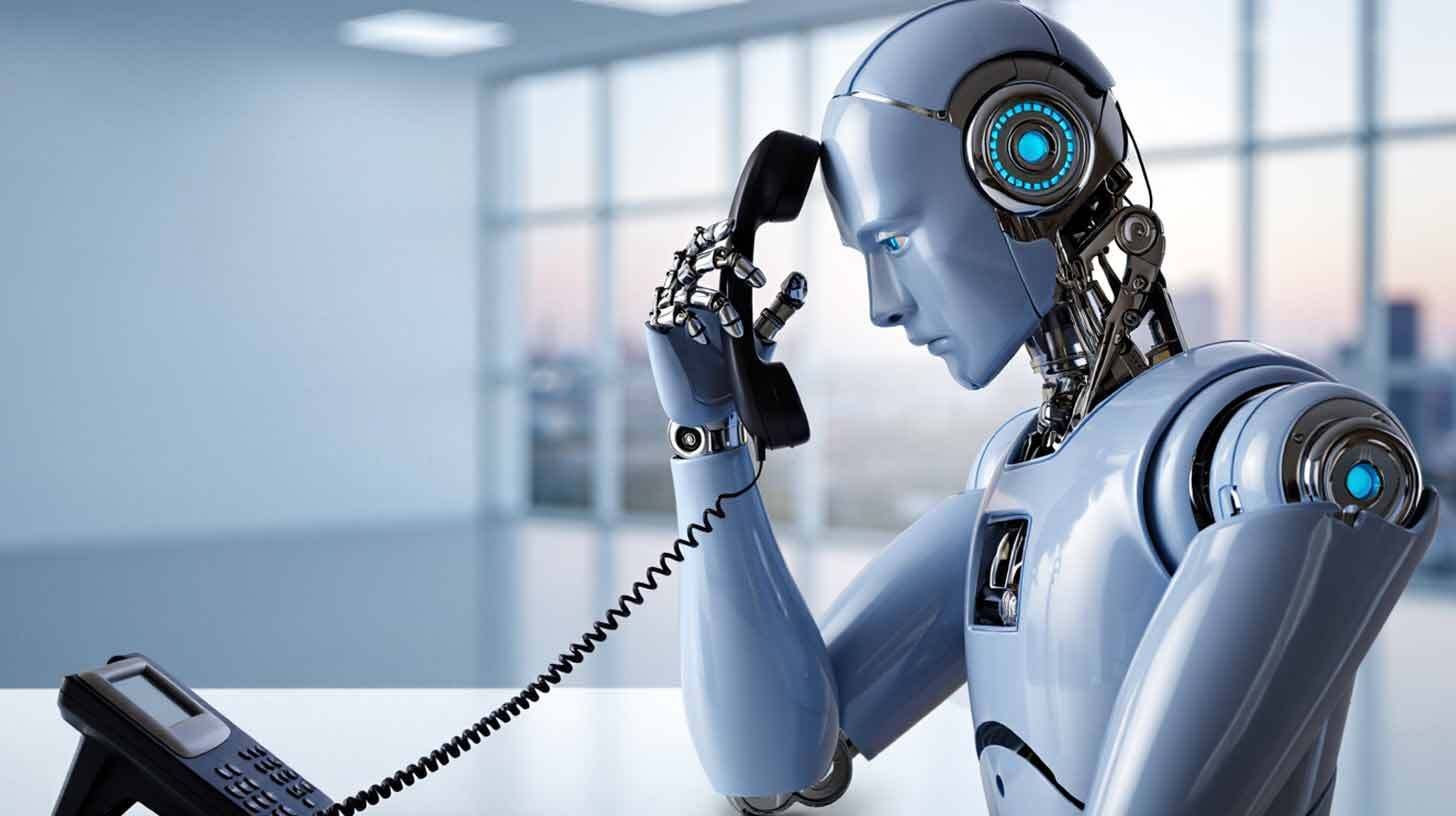
Image source: Reve / The Rundown
The Rundown: Anthropic just equipped Claude Opus 4 and 4.1 with the ability to end chats believed to be harmful/abusive as part of the company’s research on model wellness, marking one of the first AI welfare deployments in consumer chatbots.
The details:
The end chat feature will trigger after Claude’s redirections and productive engagement fails on content requested about minors, terrorism, or violence.
Testing revealed that Opus 4 exhibited distress patterns when processing harmful requests, voluntarily terminating simulated abusive interactions.
Despite the “hang up,” users still retain full account access and can immediately start fresh conversations or edit previous messages.
Anthropic has also programmed safeguards preventing ending messages when users show signs of self-harm risk or imminent danger to others.
Why it matters: Anthropic is one of the few labs putting serious time into model welfare — and while nobody truly knows where things stand with AI systems as it relates to consciousness, we may look back on this research as important first steps for a phenomenon that doesn’t have a clear precedent or roadmap.
AI TRAINING
📝 Automate meeting prep with ChatGPT
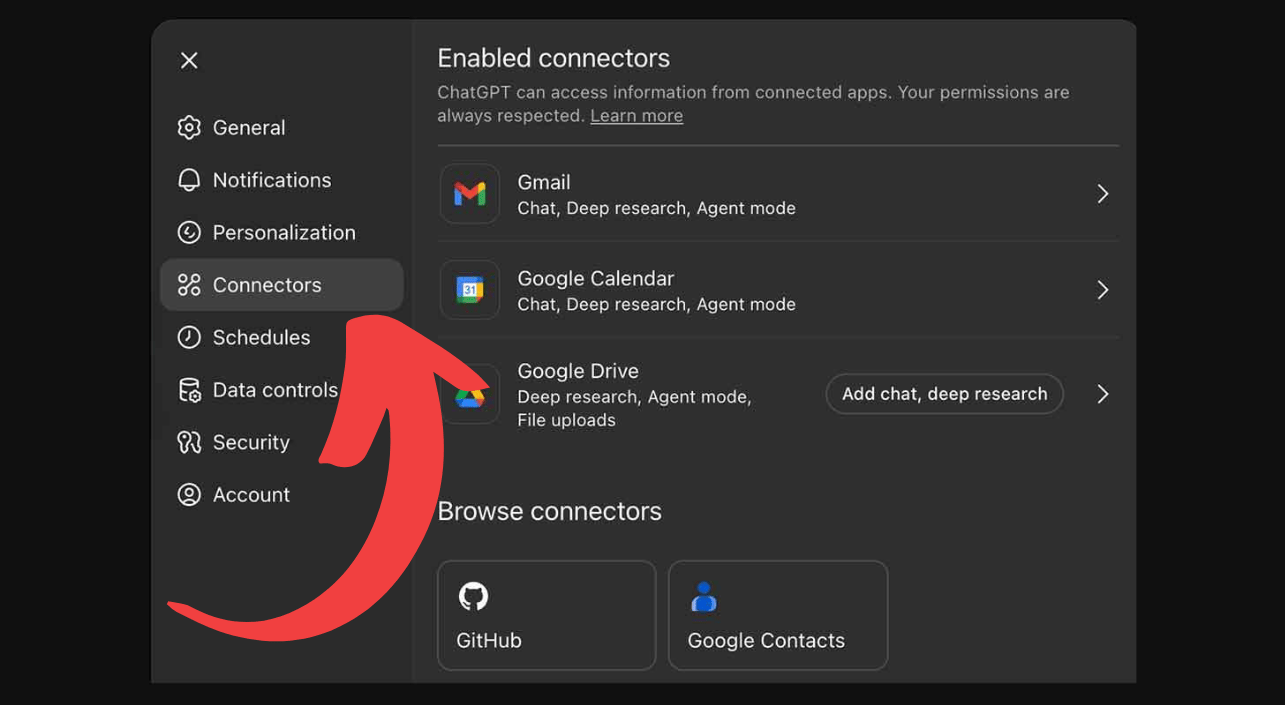
The Rundown: Use ChatGPT’s Gmail, Google Calendar, and Google Drive connectors to automatically research attendees, pull email context, and gather relevant files for comprehensive pre-meeting briefs.
Step-by-step:
Click your profile → Connectors in ChatGPT and enable Gmail, Google Calendar, and Google Drive (requires Plus/Pro account)
Prompt: "Analyze my next meeting and provide: attendee backgrounds from email history, meeting context, relevant Drive files, and key discussion points"
ChatGPT automatically searches all connected sources and returns a detailed brief with agenda items, project updates, and suggested documents
Set up automation: "Create a daily 9 AM task to prep all my meetings for the day"
Pro tip: For high-stakes meetings, add "Identify potential concerns based on our email history" to anticipate objections and prepare stronger responses.
PRESENTED BY FIN
🔮 The future of AI customer service is here
The Rundown: Pioneer by Fin is a summit that brings together AI customer service leaders to explore how AI Agents are transforming support. Learn from experts at Anthropic, BCG, Rocket Money, and more about customizing, testing, and scaling Fin across every channel.
Register today to join Pioneer online or in NYC, where you’ll:
Hear Intercom leadership’s vision for the future of customer service
Learn how customer service leaders are adopting AI-first strategies
See the latest Fin product launches
AI RESEARCH
🏥 GPT-5 blows past doctors on medical exams

Image source: Reve / The Rundown
The Rundown: OpenAI's GPT-5 posted impressive results on medical reasoning benchmarks, surpassing both GPT-4o and human medical professionals by substantial margins across diagnostic and multimodal tasks in a new study from Emory University.
The details:
The model achieved 95.84% accuracy on MedQA's clinical questions, jumping 4.8 percentage points over GPT-4o's previous best.
GPT-5 scored 70% on multimodal medical reasoning tasks that combine patient histories with imaging, gaining nearly 30 points over GPT-4o.
The system also exceeded pre-licensed medical professionals by 24% on reasoning and 29% on understanding in expert-level tests.
GPT-5 showed sophisticated diagnostic abilities on complex cases, correctly ID’ing rare conditions like Boerhaave syndrome from lab values and CT scans.
Why it matters: The shift from GPT-4o's near-human performance to GPT-5's superiority over medical professionals shows we're approaching a point where physicians NOT using AI in clinical settings could be regarded as malpractice (H/T Dr. Derya Unutmaz). Plus, the gap is only heading in one direction as intelligence scales.
QUICK HITS
🛠️ Trending AI Tools
📸 Imagen 4 - Google’s SOTA image generation model, now generally available
🎬 Higgsfield Product-to-Video - Add product placement straight into videos
⚙️ Genspark AI Developer - Build anything without coding knowledge
👋 GPT-5 - New ‘warmer’ and ‘friendlier’ personality upgrade
📰 Everything else in AI today
Meta is reportedly planning another restructure of its AI divisions, marking the fourth in just six months, with the company’s MSL set to be divided into four teams.
StepFun AI released NextStep-1, a new open-source image generation model that achieves SOTA performance among autoregressive models.
Meta FAIR introduced Dinov3, a new AI vision foundation model that achieves top performance with no labeled data needed.
The U.S. government rolled out USAi, a platform for federal agencies to utilize AI tools like chatbots, coding models, and more in a secure environment.
OpenAI’s GPT-5 had the most success of any model yet in tests playing old Pokémon Game Boy titles, beating Pokémon Red in nearly a third of the steps as o3.
COMMUNITY
🤝 Community AI workflows
Every newsletter, we showcase how a reader is using AI to work smarter, save time, or make life easier.
Today’s workflow comes from reader Adrian P. in South Africa:
"I'm in the production/engineering and generally use AI to help build apps that streamline what would be previously laborious and very paper-intensive processes into web-based systems. This helps to save time, increase green footprint, and allows for the tracking and tracing of data at any date in the future, which in turn helps with problem solving and resolving customer complaints."
How are you using AI? Tell us here.
🎓 Highlights: News, Guides & Events
Read our previous newsletter: Superbugs meet their AI match
Today’s AI tool guide: Automate meeting prep with ChatGPT connectors
Watch our last live workshop: Mastering AI agents for customer service
See you soon,
Rowan, Joey, Zach, Shubham, and Jennifer—the humans behind The Rundown

Stay Ahead on AI.
Join 2,000,000+ readers getting bite-size AI news updates straight to their inbox every morning with The Rundown AI newsletter. It's 100% free.


